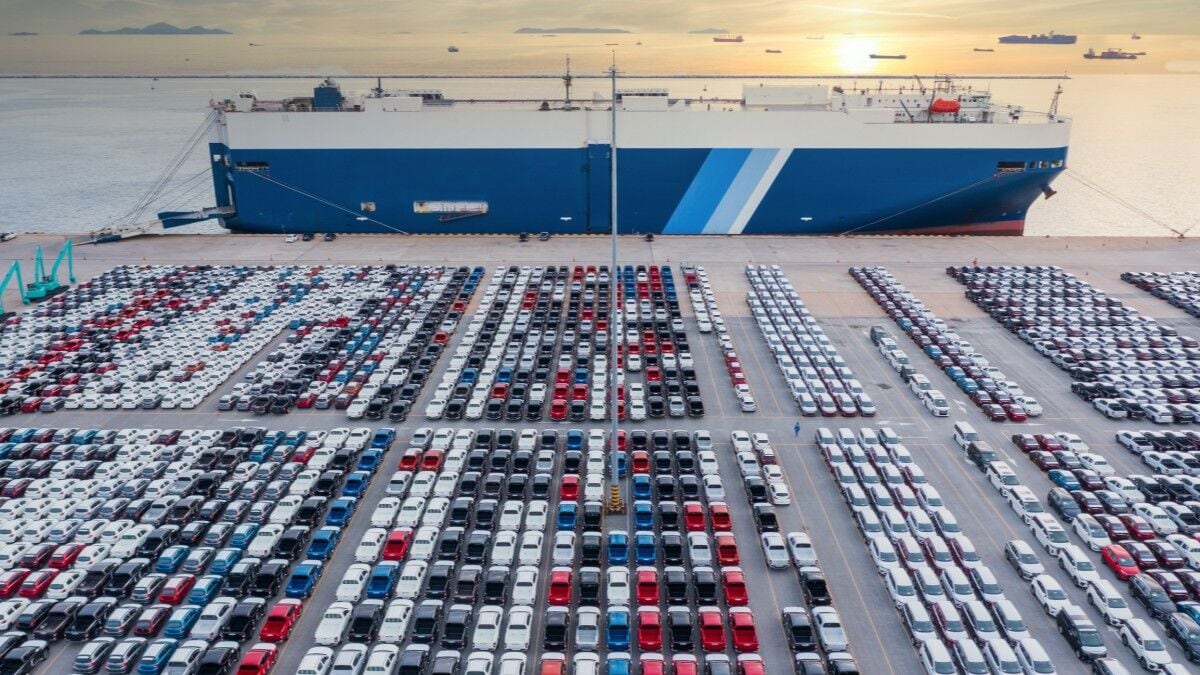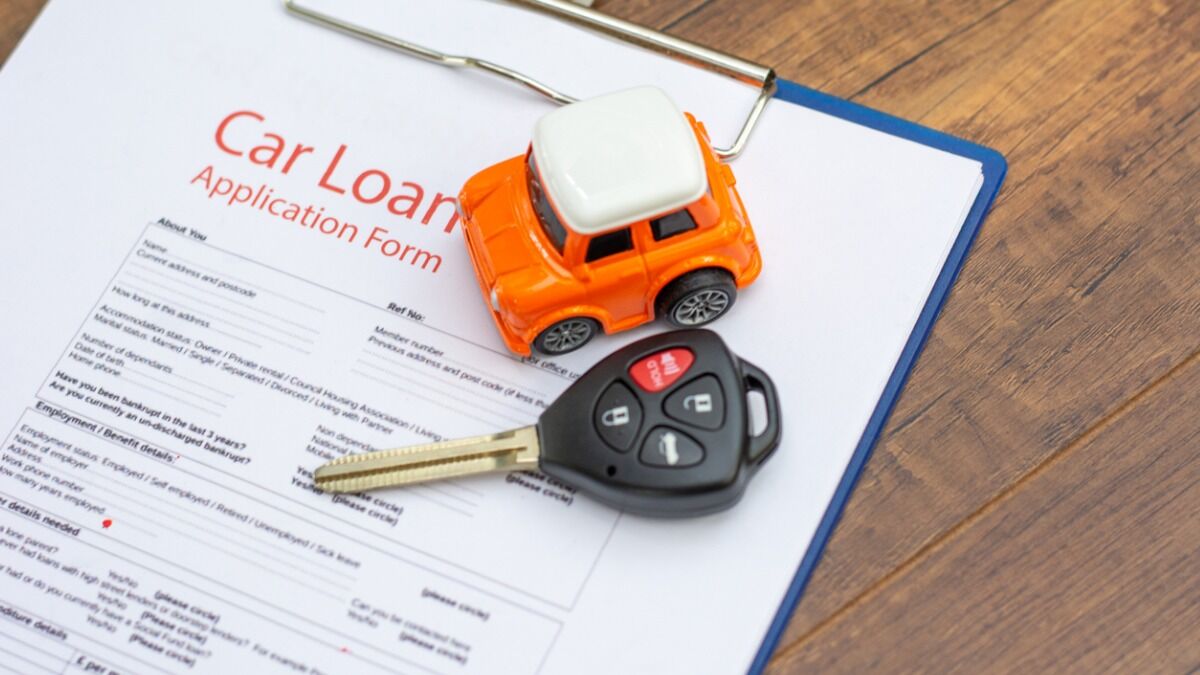- The White House yesterday announced a trade deal with Japan, but didn’t publish it
- Its terms are mysterious, but American automakers worry it hurts them
The White House late yesterday announced that it had reached a significant trade deal with Japan, lowering tariffs and other trade barriers between the two countries. The deal may further reshape the landscape for car shoppers.
President Trump told Republican members of Congress on Tuesday night, “I just signed the largest trade deal in history; I think maybe the largest deal in history with Japan.”
However, as with earlier deal announcements, the government provided few details and has not published the deal’s text.
We can tell you what might be in it, based on White House announcements and public comments from the negotiators. We can’t tell you what is definitely in it.
And, if the pattern from previous administration announcements holds, we may not know for months.
Why It’s Such a Mystery
- The administration has announced deals before and left the details murky
Presidential administrations generally publish the entirety of a trade agreement when they announce it, or soon afterward. The Trump administration may not. In several recent instances, it has publicly announced agreements but published nothing firming them up.
The administration has used tariffs as a negotiating tool since early spring. It has enacted heavy tariffs against specific industries, including a 25% tariff on new cars, a 25% tariff on car parts, and a 50% tariff on steel and aluminum, which also affects many car parts.
It has also threatened separate tariffs against most countries, but repeatedly delayed them while trying to get those countries to negotiate.
Trump has announced agreements with China, Indonesia, the Philippines, and the U.K. However, the White House has not published the text of the agreements. It published a fact sheet detailing some aspects of the U.K. deal more than a month after it was announced. The rest remain mysteries.
Any deal with Japan may not be public knowledge for months.
What May Be in It
The deal appears to have two major provisions that could affect car shoppers. The Japanese government may allow more American cars into the country by waiving some safety requirements. The U.S. may lower tariffs on Japanese cars.
What Japan May Give Up
- Japan may open its market to more U.S. cars
In a post on his Truth Social social media network, Trump, with his characteristic improvisational capitalization practices, wrote that Japan would “open their Country to Trade including Cars and Trucks, Rice and certain other Agricultural Products, and other things.”
Japan imposes stricter safety standards on cars than the U.S. does. Japan’s Nikkei news service explains, “Japan requires cars to meet many requirements in tests that assess passenger safety in frontal and sideway collisions, which the U.S. sees as a burden that puts American automakers at a disadvantage.”
U.S. negotiators had asked Japan to waive those restrictions for American cars. Japanese negotiators may have done so.
We should note, however, that American automakers may not succeed in selling many cars to the Japanese public even if they are allowed in without safety testing.
Japanese consumers tend to prefer smaller cars that are more suited to the country’s narrow roads. American automakers focus on building large trucks and SUVs, and have largely abandoned the small and subcompact car segments.
What the U.S. May Give Up
- The U.S. may lower tariffs on Japanese imports, possibly including cars
The U.S. has imposed a 25% tariff on all vehicles and most car parts built outside North America since April. The move has raised costs for Japanese automakers. Japanese companies build some cars in North America, but import many from their home market or low-cost labor markets in other parts of Asia.
Bloomberg reports that the deal “could cut tariffs on auto imports from Japan to 15%.”
U.S. Automakers Raise Alarms
- A major U.S. auto industry trade group says the deal would privilege Japanese automakers over U.S. companies
American companies make many cars in Canada, Mexico, and South Korea. Those could be subject to 25% tariffs, while Japanese imports paid just a 15% duty.
U.S.-based automakers are cautious about discussing the deal before its terms are published. Major American automakers like General Motors and Ford have stayed largely silent while their stocks dipped, and Japanese auto stocks rallied, on the deal’s announcement.
However, American automakers sometimes speak not directly, but through trade groups they pay to represent their interests in Washington. One, the American Automotive Policy Council, tends to speak for the Detroit Three American automakers.
It raised immediate alarms. AAPC head Matt Blunt was…OK, we’ll say clear-eyed… in his assessment. “Any deal that charges a lower tariff for Japanese imports with virtually no U.S. content than the tariff imposed on North-American-built vehicles with high U.S. content is a bad deal for U.S. industry and U.S. auto workers,” Blunt said.








